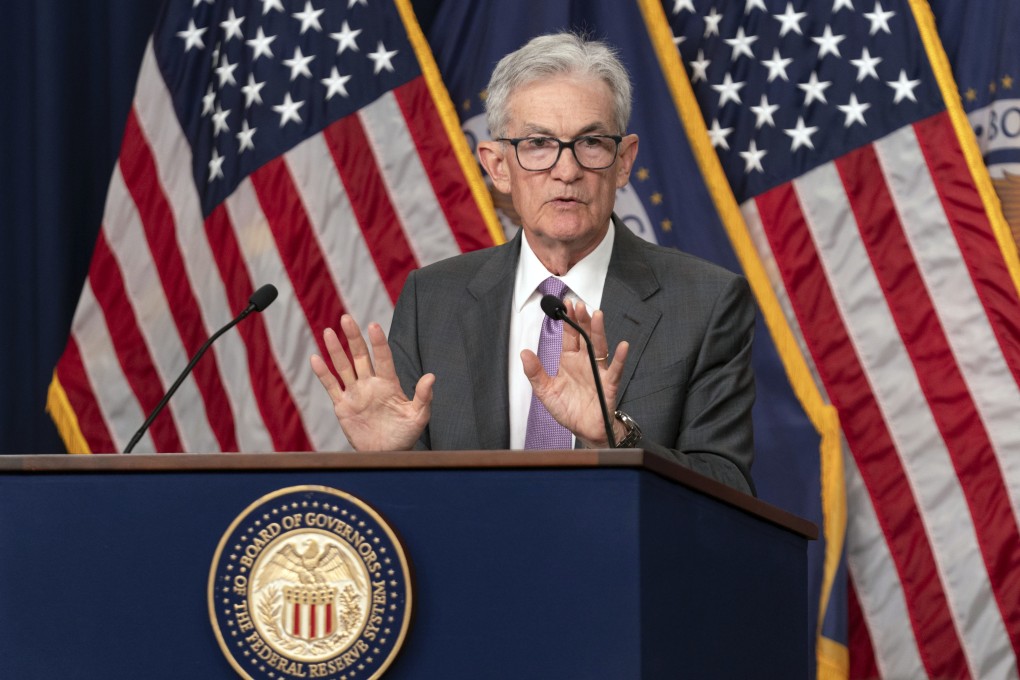Advertisement
Opinion | With US rate cuts on the horizon, the glass looks half full again
- Lower US rates, helped by Japan’s normalising policy, would boost liquidity and ease dollar pressure, with better days ahead for emerging markets
Reading Time:3 minutes
Why you can trust SCMP

August for leading central bankers means a trip to Jackson Hole. That’s where the Kansas Federal Reserve Bank is hosting central bankers, finance ministers, academics and financial market participants at its annual economic symposium, held since 1974.
Advertisement
While last year’s meeting reviewed the lingering impact of the pandemic, inflation and monetary policy responses amid structural shifts in the global economy, this year’s focus is on “reassessing the effectiveness and transmission of monetary policy”.
The Wyoming meeting comes as the US economy is surprising on the upside while major economies from Europe and Britain to Japan and China face considerable downside risks. It also comes amid a growing buzz that the United States will soon cut interest rates.
A day before the Jackson Hole symposium, the Fed released the minutes of its latest Federal Open Market Committee meeting, which left US interest rates unchanged at 5.25-5.5 per cent. It said the “outlook for growth in the second half of 2024 had been marked down largely in response to weaker-than-expected labour market indicators”.
But the “vast majority” of the committee also felt that if “data continued to come in about as expected, it would likely be appropriate to ease policy at the next meeting”.
Advertisement
This has set up expectations of an interest-rate cut this month or next, with one more later in the year. US stock market investors are waiting for these announcements to guide stock prices higher. But beyond that, importantly, US rate cuts also bring prospects of a global economic reflation.

Advertisement
